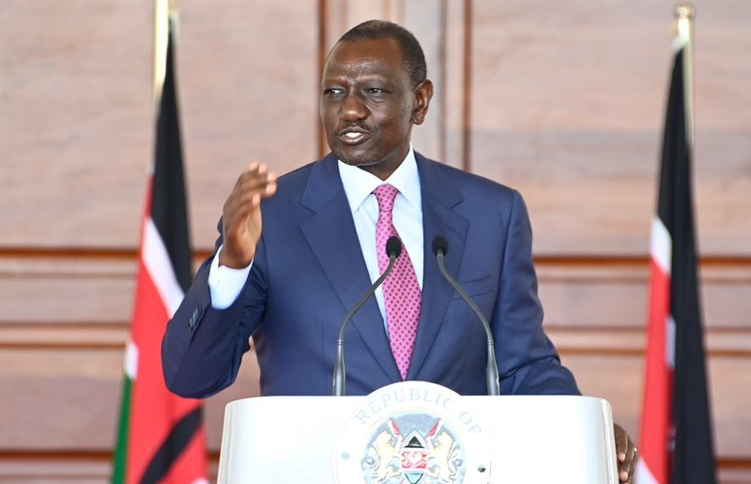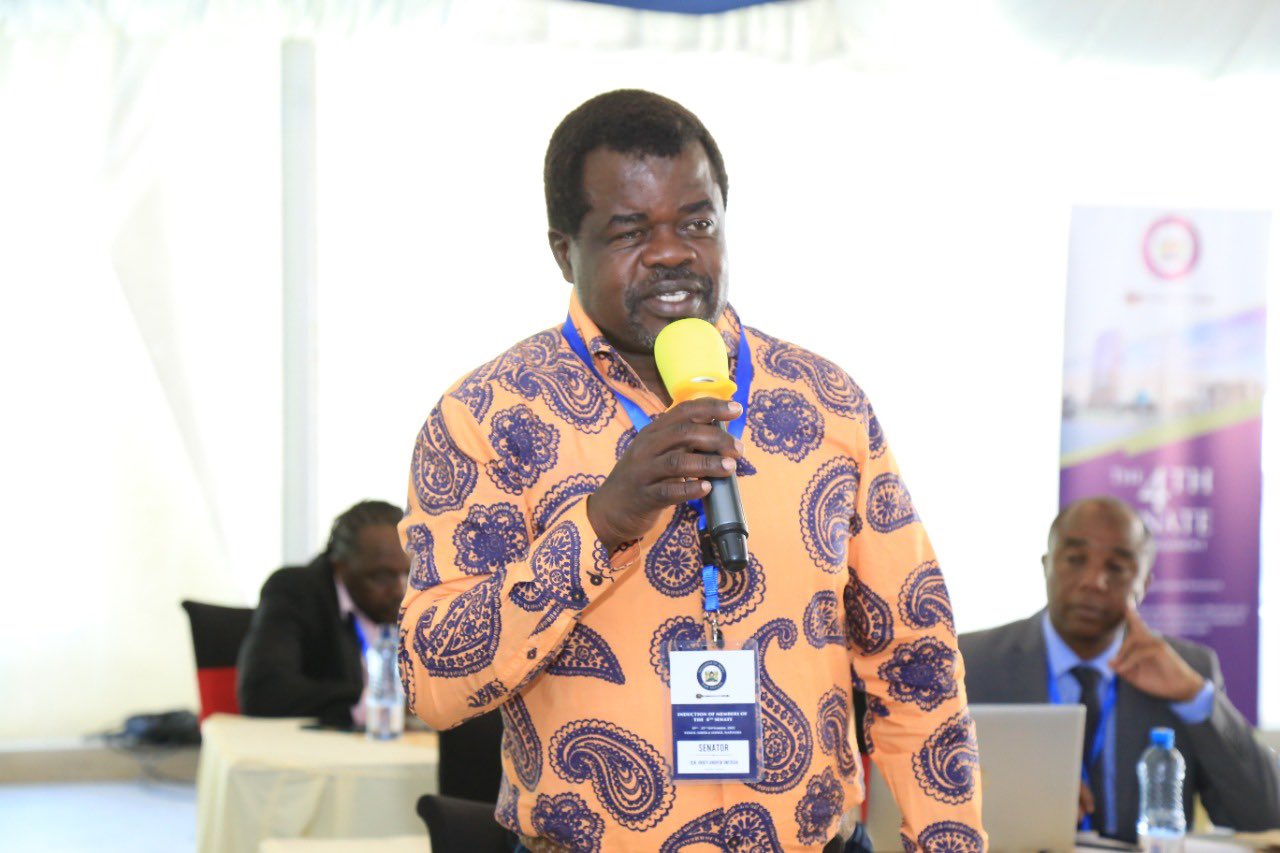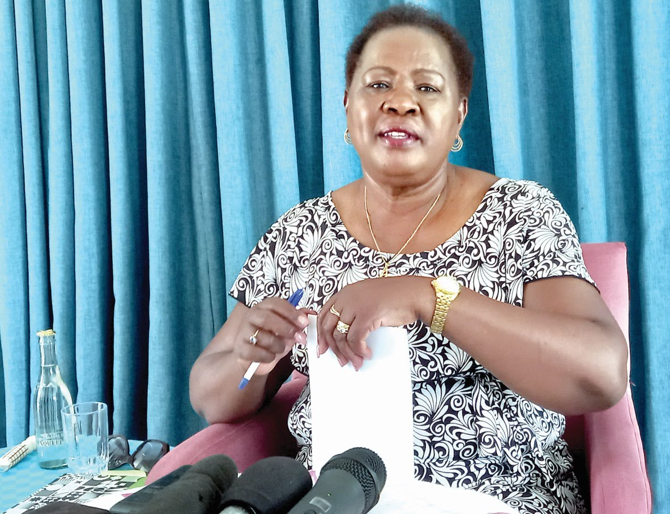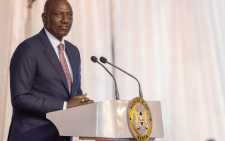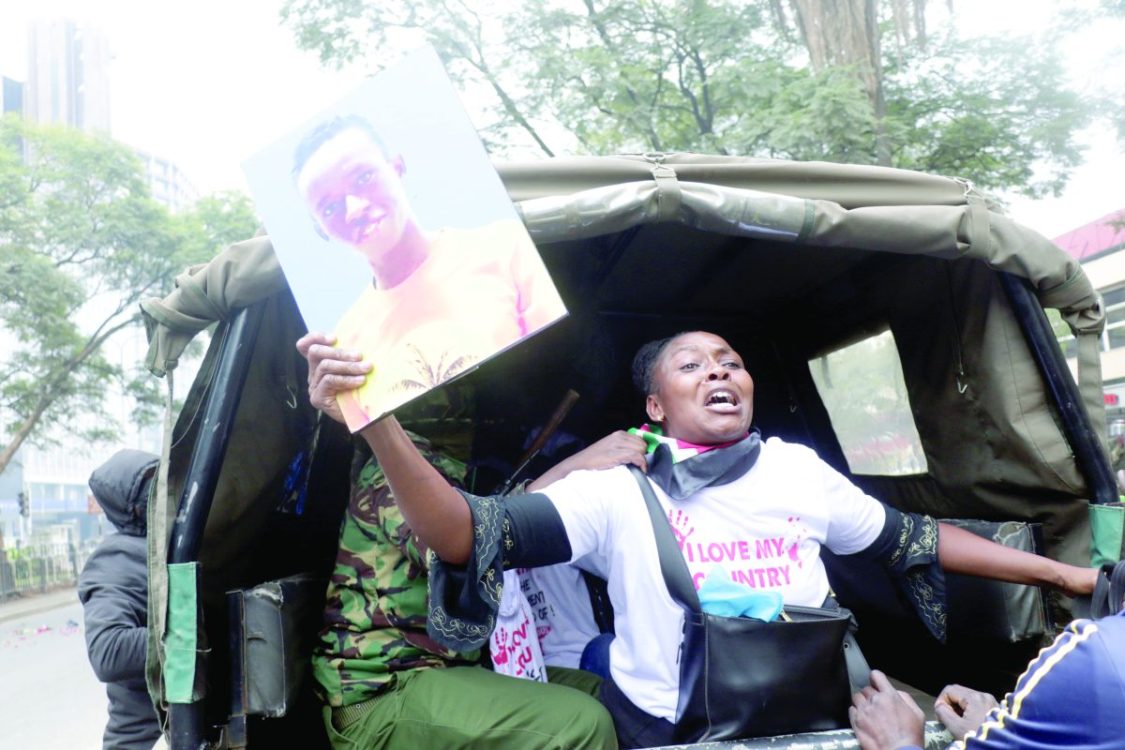Address weak points after roll out of SHA
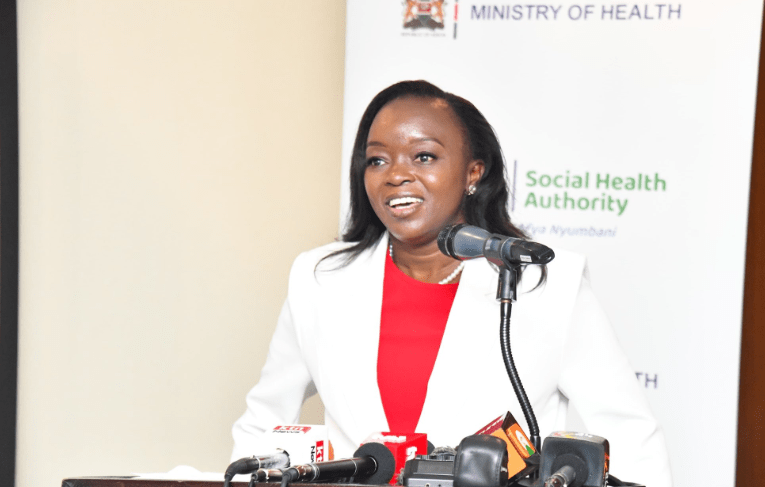
After several fruitless attempts, the government has finally embarked on the journey towards the much elusive Universal Health Coverage (UHC) for Kenyans, albeit on the wrong footing, with the multibillion-shilling project engulfed in claims of corruption and confusion.
President William Ruto’s pet project that is expected to be a game changer in the health sector if it succeeds kicks off after overcoming several hurdles caused by several court injunctions.
Though the government officially adopted the UHC policy in 2018, the dream was first mooted way back in 2013, when then President Uhuru Kenyatta’s Jubilee administration scrapped fees at primary healthcare facilities and introduced free maternal care and free treatment for under-fives.
The first attempt to actualise that dream came on December 18, 2018 when four counties – Nyeri, Kisumu, Machakos and Isiolo – were selected for a pilot programme due to, respectively, the high burden of non-communicable diseases, high prevalence of infectious diseases like malaria, high prevalence of injuries associated with road traffic accidents, and maternal mortalities.
Results from the pilot projects indicated that most Kenyans resort to paying for healthcare from their own pocket. Following the trial in the four counties, attempts were made in 2022 to expand the programme, but these failed because of poor planning and lack of adequate funding. Two years later, President Ruto is taking the same route that his predecessor tried but failed. Already, the project has begun on a sour note, with credibility questions over the involvement of the Indian firm Adani and some of the head of State’s close allies.
Credibility questions aside, the government’s preparedness has also come into question, with health facilities appearing not to have signed any contract with the State over healthcare. Despite the government’s assurance that there will be a smooth transition from NHIF to the Social Health Authority, the first day of SHA was marred by several glitches.
Several Kenyans were unable to access the registration portal as almost all health facilities could not make pre-authorisation from SHA for procedures, forcing many hospitals to order patients to pay for services out of their pockets.
There were claims that not a single hospital has been linked to the new system for technical reasons. Hospitals are still suffering from inadequate personnel, poor infrastructure, lack of drugs and corruption. The government must therefore move swiftly to address the weak points if the project is to succeed.

